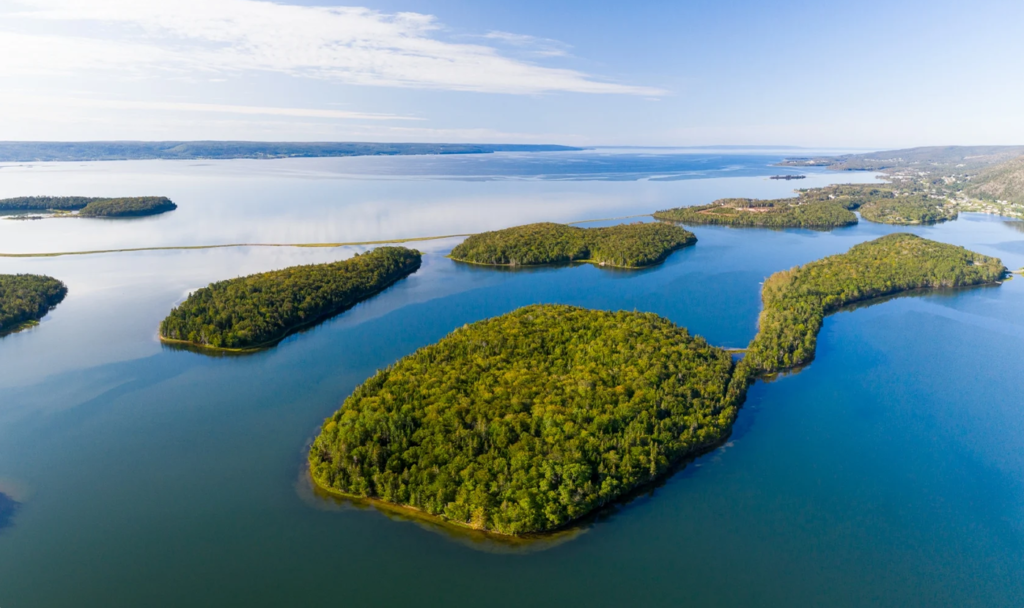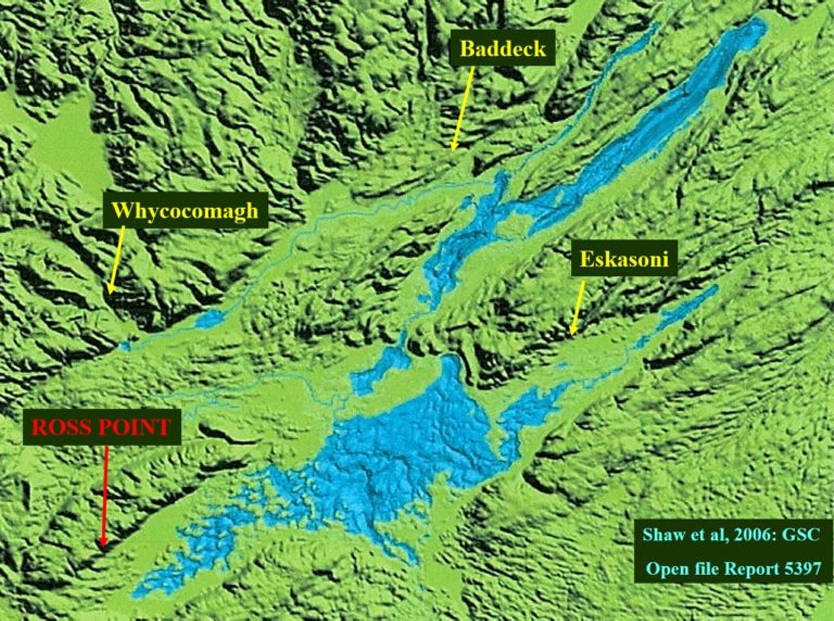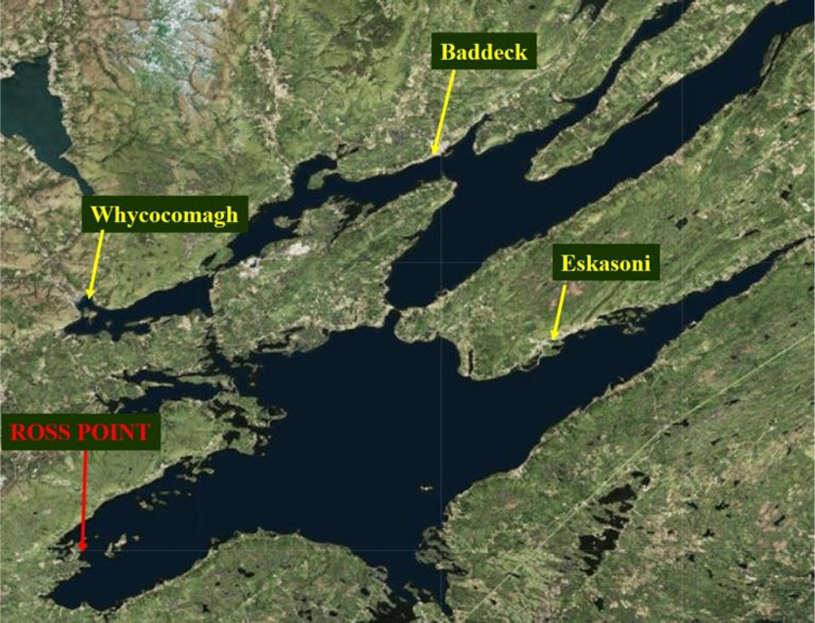About The Bras d’Or Lake Biosphere
A primer written by Dr. Annamarie Hatcher, Board of Directors
The Bras d’Or Lake Biosphere is so much more than local people designating their place as special. We are an international showcase for ‘how to do it right’ designated by UNESCO’s Man and the Biosphere Program (MAB). MAB is an Intergovernmental Program that aims to establish a scientific basis for the improvement of relationships between people and their environments.
In our Biosphere Reserve we see solutions which balance the conservation of the natural environment with its sustainable use. So, the demise of Cape Breton’s coal and steel industries has put us in a good position to develop a model of sustainability and community-based economic development in the naturally beautiful Bras d’Or environment.

So, what is unique about this environment that we want to take care of? The natural beauty is obvious whenever we drive along the shore of the estuary. The Bras d‘Or Lake and watershed covers over 3,500 km2 of forest and watery ecosystems in the centre of Cape Breton Island. The Lake is not really a lake or an inland sea. It is actually an estuary where fresh and salt waters mix. The estuary occupies 31% of the Biosphere and the rest is watershed. There is over 1,000 km of coastline with plenty of fine beaches for swimming and sheltered coves to moor a boat. The animals that call the estuary home are descendants of ancestors from times past when the sea levels and water temperatures were different. Up until about 5,000 to 6,000 years ago, the Bras d’Or Lakes were tiny fresh water lakes or ponds connected to the Atlantic Ocean by long river systems. As sea level rose with the retreat of the glaciers it reached the level of a bedrock ridge in the Great Bras d’Or channel and salt water started to flood into the lowlands of the Bras d’Or Lake as we know it today.


Photos courtesy of Dr. John Shaw
Over long periods of time, the sea level has risen and fallen and the surrounding ocean has been warmer and then colder than it is today. Because of the many protected pockets of water both deep and shallow, the present day Bras d’Or Lake still provides a home for unique species that arrived from the arctic and other species from the sub-tropics during those earlier times. Some tiny shrimp-like animals and segmented worms abundant in the deep, cold waters of the Bras d’Or Lake are not found anywhere else outside of the high arctic. The oyster, a flatfish species and many other species of segmented worms which shelter in the warm, shallow waters of the Bras d’Or Lake are not common elsewhere north of Virginia! A single body of water providing a habitat for arctic as well as sub-tropical species of many types makes the Bras d’Or Lake truly unique. Over 30o of latitude are represented over distances of less than 10 km!
Groups within UNESCO Biosphere Reserves work together toward a common vision of environmental stewardship. Cape Bretoners have strong Mi’kmaq, Scottish and Acadian cultural identities and there has been a history of mutual respect and a desire to work together. The first peoples of the Biosphere, the Mi’kmaq, have been caretakers for many centuries. The Mi’kmaw philosophy encapsulated by the word ‘Netukulimk’ can be viewed as a guide to respectfully living in nature, the foundation of the UNESCO ‘Man in the Biosphere’ program. To follow the principle of Netukulimk we must harvest resources without jeopardizing the integrity, diversity, or the productivity of the environment. The Eskasoni Fish & Wildlife Commission (EFWC) was established in 1991 to deal with environmental issues of concern to Indigenous people in the entire Bras d‘Or Lake watershed. The watchdog for sewage-related issues in the Bras d’Or estuary is the Pitu‘paq Partnership Society which was created in 2001 by leaders of Cape Breton‘s five First Nations and five Cape Breton municipalities (four counties and The Town of Port Hawkesbury). Unama‘ki Institute of Natural Resources (UINR), established in 1998 by the EFWC, represents the five First Nations communities on issues pertaining to management and stewardship of resources in the traditional territory of Unama‘ki (Cape Breton). The Bras d’Or Stewardship Society is a non-profit organization, established in 1998, comprised of individuals committed to promoting accountable and responsible stewardship of the Bras d’Or Lake and watershed. The Bras d’Or Preservation Nature Trust is a private environmental non-profit organization formed in 1991 to protect environmentally significant private land in the Bras d’Or watershed and educate Cape Breton communities and visitors about the unique ecological and cultural heritage of the Bras d’Or Lake. CEPI (Bras d‘Or Lakes Collaborative Environmental Planning Initiative) arose from a request from First Nations Chiefs in 2003 to develop an overall environmental management plan for the Bras d‘Or Lake and watershed lands. This collaborative partnership is among five First Nations, four counties, three provincial government departments, three federal government departments, and several non-governmental organizations. So, before the Bras d’Or Lake Biosphere Reserve came to the attention of UNESCO we were already working together to sustain the integrity of our natural home.

